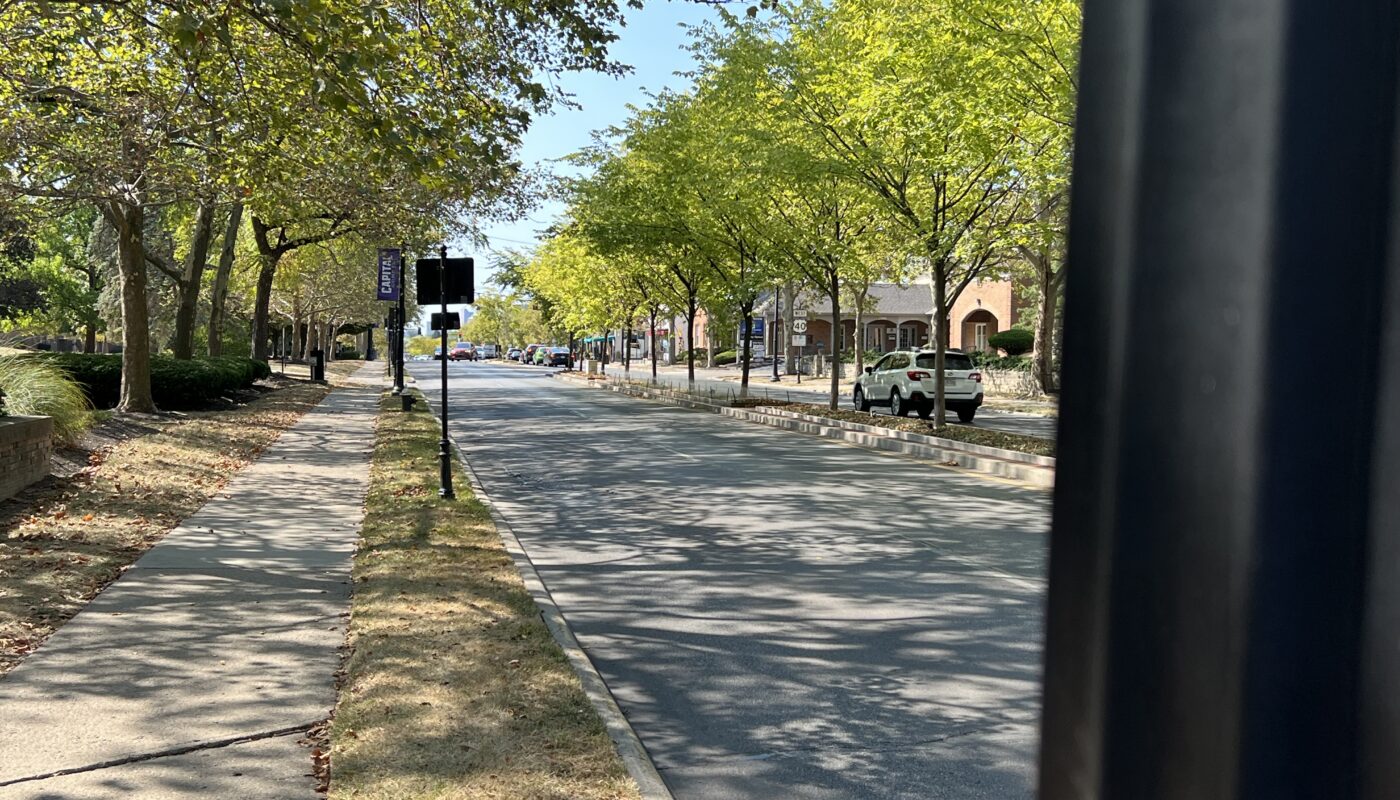The Central Ohio Transit Authority (COTA) has laid out its plan to expand bus transit services throughout the city of Columbus, including East Main Street.
The plan, titled LinkUS, is a collaboration between “COTA, the City of Columbus, the Franklin County Board of Commissioners and the Mid-Ohio Regional Planning Commission” to facilitate the expansion of public transit services in Franklin County.

According to LinkUS’s research, at least 38,000 Franklin County households have limited access to vehicles. Most prior mobility investments focused on accommodating motor vehicles; families without access to these have limited mobility access, severely restricting their ability to move around the city.
To address this issue, LinkUS has focused on three main transit goals: the implementation of high rapid transit corridors throughout Columbus, improving existing lines and investing in improvements in customer amenities and experience.
The LinkUS plan envisions at least eight rapid transit corridors implemented in Columbus by 2050, positioned along East Main Street, West Broad Street, the Northwest Corridor, East Broad Street, North High Street, the Downtown-Easton-CMH area and Groveport Road-Alum Creek, while upgrading the existing CMAX route.
Of the eight corridors planned, three are already being designed: East Main Street, West Broad Street and the Northwest Corridor. LinkUS has set a target date of 2030 for these three corridors, provided that their funding goals have been met by then.
LinkUS plans to improve COTA’s high-frequency routes by increasing service hours, adding new routes, implementing 16 new on-demand zones and supporting other forms of mobility such as e-bikes and scooters.
LinkUS envisions these “transit service enhancements will connect to all eight envisioned HCRT corridors, all 4 existing transit centers, and all 23 existing Park and Rides.”
LinkUS plans to achieve funding for the initiative through a 0.5% increase on the COTA sales tax. LinkUS estimates that this will generate a revenue of $210 million annually through 2050. Additional sources of funding will likely come through the federal government. LinkUS notes that their model assumes $760 million in federal grants will be provided through the Federal Transit Administration’s Capital Investment Grant Program.
However, LinkUS states that the 0.5% increase in sales tax for COTA will be necessary to secure federal investment, as “[l]ocal financial matching is a requirement to secure federal funding for HCRT Corridors through the Federal Transit Administration, as well as through various other federal grant programs now made available through the Infrastructure Investment and Jobs Act.”
The aforementioned sales tax levy will be brought before COTA service areas voters in the upcoming November election.


